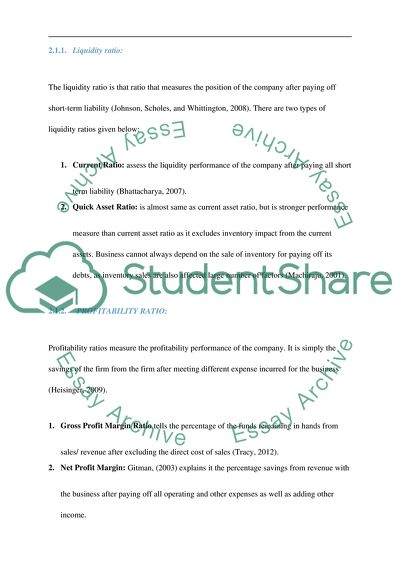Cite this document
(Various Aspects of Corporate Finance Coursework Example | Topics and Well Written Essays - 3000 words, n.d.)
Various Aspects of Corporate Finance Coursework Example | Topics and Well Written Essays - 3000 words. https://studentshare.org/finance-accounting/1876648-case-study-04141
Various Aspects of Corporate Finance Coursework Example | Topics and Well Written Essays - 3000 words. https://studentshare.org/finance-accounting/1876648-case-study-04141
(Various Aspects of Corporate Finance Coursework Example | Topics and Well Written Essays - 3000 Words)
Various Aspects of Corporate Finance Coursework Example | Topics and Well Written Essays - 3000 Words. https://studentshare.org/finance-accounting/1876648-case-study-04141.
Various Aspects of Corporate Finance Coursework Example | Topics and Well Written Essays - 3000 Words. https://studentshare.org/finance-accounting/1876648-case-study-04141.
“Various Aspects of Corporate Finance Coursework Example | Topics and Well Written Essays - 3000 Words”. https://studentshare.org/finance-accounting/1876648-case-study-04141.


